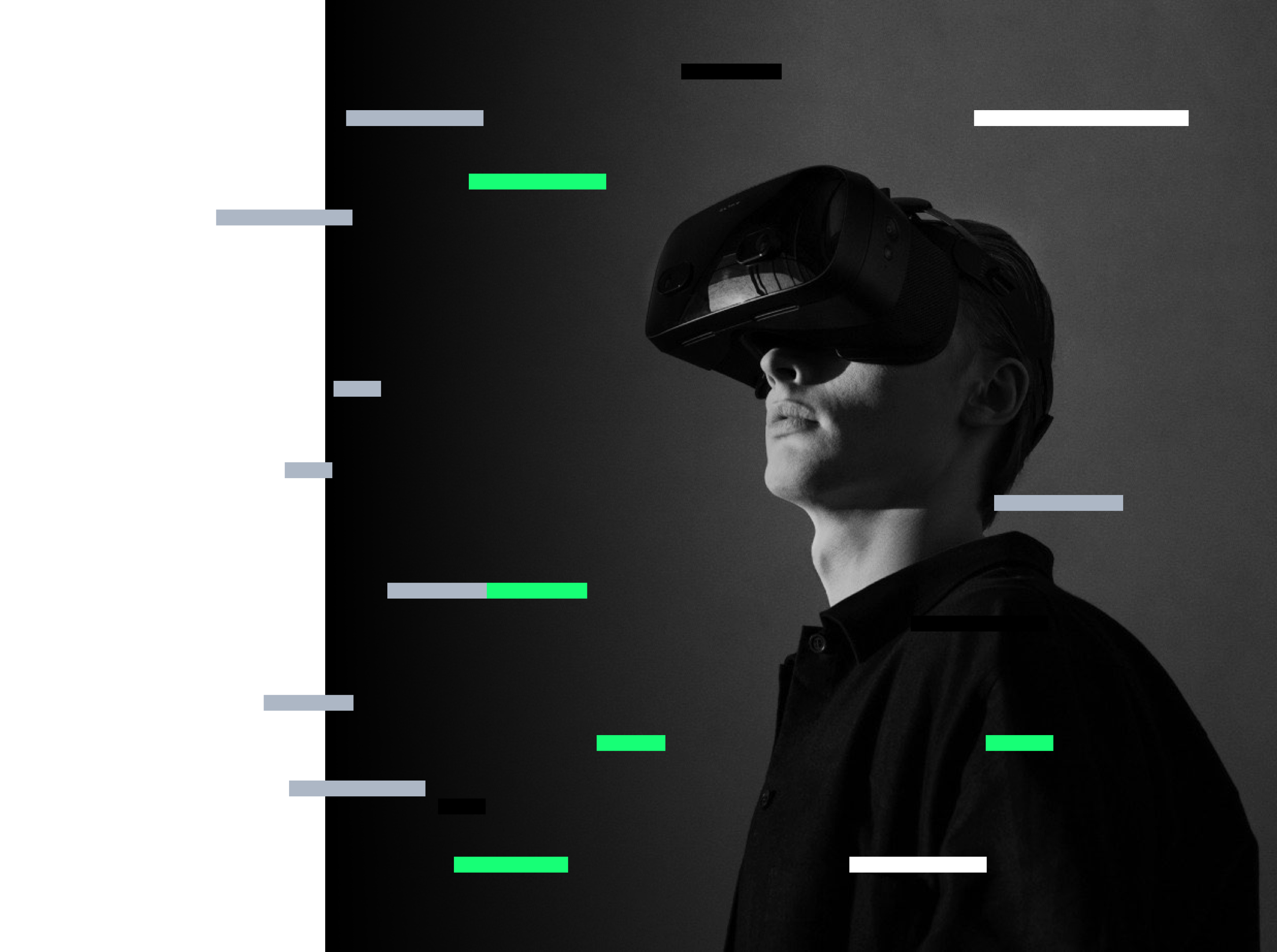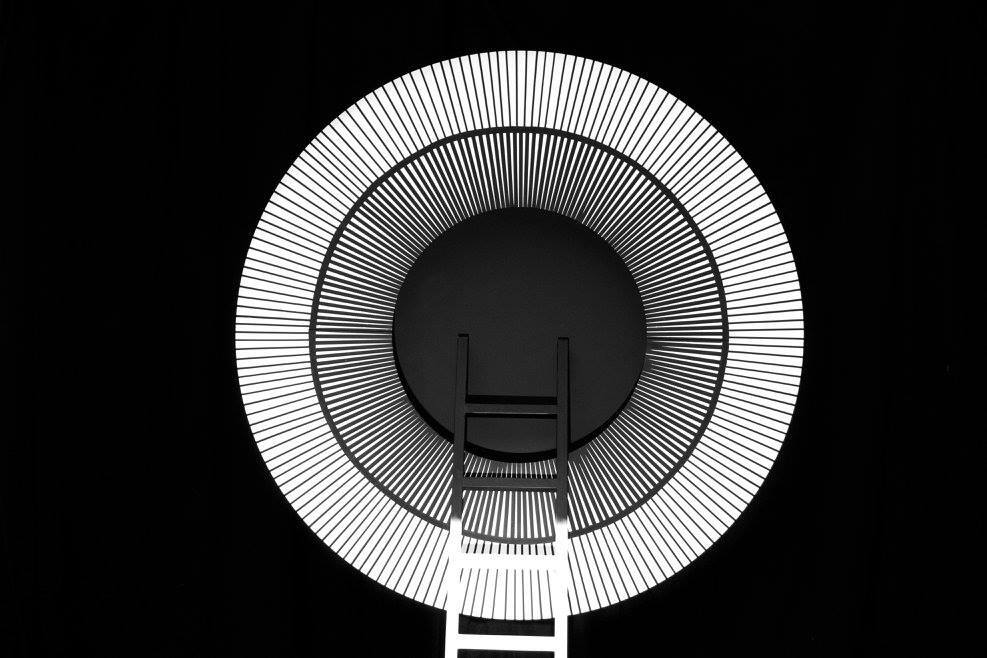Technologies that allow people to have immersive experiences have been around for quite some time, and even before they were realized, they existed in imagination and literature. How many dystopias are based precisely on them? Humans in Disney's poetic Wall.e lived in virtual environments, and the sinister settings of The Matrix shared the same narrative space. We could go on forever, or almost.
There are many companies, not only technological, that in the last ten years are trying to shape what it seamed the result of a literary vision. We believe that those technologies will live a fast and broad development.
In addition to the ambition and willingness to explore technological frontiers, recent events also helped accelerate the development and creation of immersive technologies: one example is the forced separation caused by the pandemic. (We'll never get tired of repeating: Covid-19 didn't create anything, it 'only' increased the speed of transformations). Suddenly, it became more relevant to sublimate physical distance and experience relationships, consumption, and services in a context where physical presence was no longer a limitation.
Yet we are human beings; we are programmed to be social, not solitary. Perceiving the presence of others even in separation has been one of the most significant challenges of recent years. How to be close without being present?
Spatial computing and immersive technologies such as VR and AR have met this challenge. Like people, companies, and designers, we have seized the opportunity and seen the value. We worked to extend reality beyond sensation and presence, accessing another plane.
But this extension contains an enormous potential yet to be fully explored, as well as unprecedented challenges for the design practice. One for all, it has to be understood how to allow people, organizations, and the market to inhabit this dimension.





